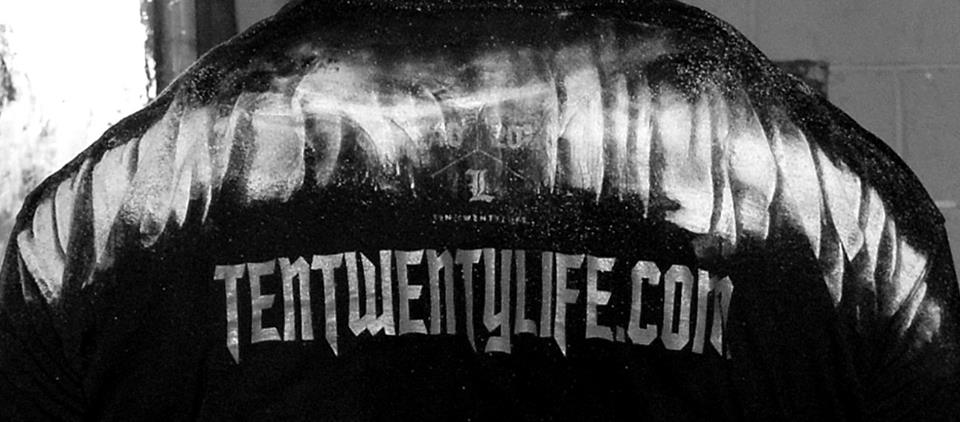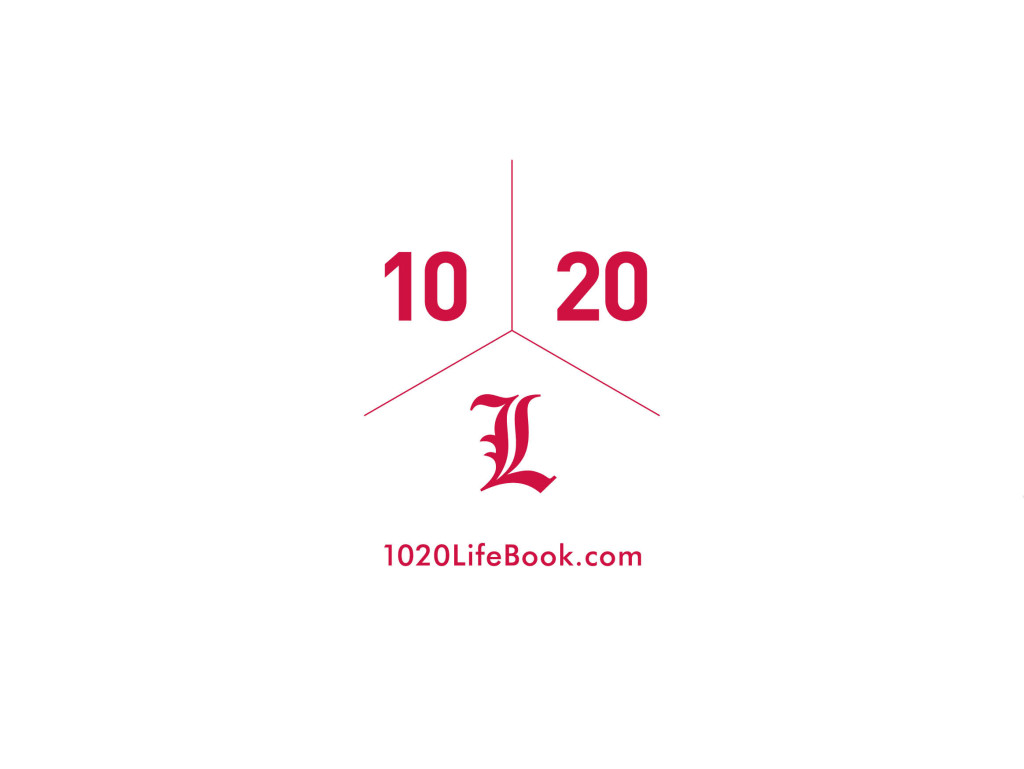
03 Jun 10/20/life: What Makes It “Unique”?
By: Brian Carroll
My Philosophy
The fastest, easiest, most effective way to get stronger is through the big lifts—the squat, bench press, and deadlift. And the fastest, easiest, most effective way to improve your performance in these lifts is to analyze your weak points and custom-design your own programming that addresses them and gets you stronger.
Weak Points
When you fail in one of the big lifts, that’s a weak point. If you can’t lock out your bench press, you have weak triceps. If you’re pitching forward and getting stapled when you squat, it’s probably a hamstring or lower back issue. If you’re constantly training heavy, and ignoring these deficiencies, you’re not going to get any stronger.
Customized Assistance Work
You have to address your weak points through your assistance work. If you find out you have weak triceps, or weak hamstrings, you need to pay special attention to these muscle groups in your training—and not just follow some cookie-cutter template laid out for you by your guru.
Rate of Perceived Exertion (RPE): Your Personal Coach
You’ve been hearing a lot recently about auto-regulation and products like Joel Jamieson’s BioForce HRV. The idea is to assess your state of readiness for the day, and to do just enough training to get the job done—no more, and no less. Instead of sticking to a fixed percentage for a particular day—and possibly overtraining or getting injured—RPE training allows you to train within the appropriate percentages for that day. It’s really the best possible way to train, and the fastest way to get strong.
Offseason and In-Season Training
Contrary to popular belief, it’s impossible to stay strong 365 days per year. Take a lesson from professional athletes and schedule your training accordingly, with offseason and in-season work. If you’re constantly in-season, when are you planning on addressing your weak points? If you’re always “on,” you’re going to come to a breaking point where you’ll either get injured or quit. Give yourself some highs and lows, and some downtime, and be strong when it counts.
Dr. McGill’s Material: It Works
Why would you possibly want to stretch, foam roll, and get loose before putting a heavy load on your back? That’s just stupid, and it’s a recipe for disaster. Instead, you’d be much better off learning how to stiffen your core so you can handle these loads and generate power and explosiveness. That’s how you get strong.
Brian Carroll
Latest posts by Brian Carroll (see all)
- Quick Rant: Core Exercises - July 26, 2024
- Physical Therapy Fails for Back Pain - July 25, 2024
- Quick Rant: Physical Therapists - July 19, 2024






Sorry, the comment form is closed at this time.